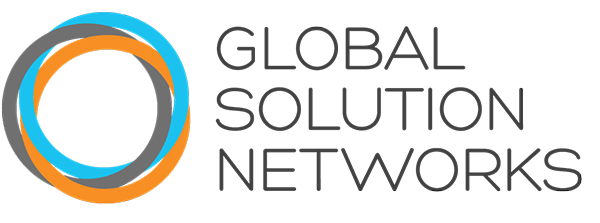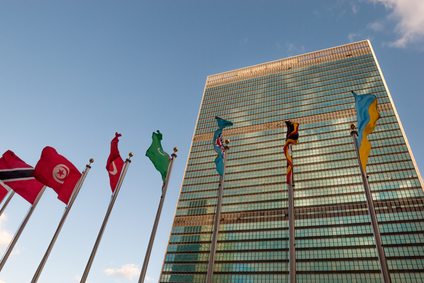Collaborative Consensus Building for the Post-2015 Development Agenda
In 2000, global leaders at the UN Millennium Summit adopted the Millennium Declaration in which they made a commitment to achieve 8 Specific Millennium Development Goals (MDGs) by 2015. Among the goals were ambitious objectives to eradicate extreme hunger and poverty, reduce child mortality, and achieve universal primary education. Some targets have been met, but others have not.
Criticisms of the MDGs are many, including concerns regarding the way that the MDGs were formulated. A highly political process, the drafting of the MDGs were spearheaded by the US, Europe, and Japan with the help of the World Bank, the International Monetary Fund, and the Organization for Economic Co-operation and Development. It has been estimated that only 22% of global national parliaments formally discussed the MDGs and that there was limited involvement of representatives from developing countries and civil society groups. A primary limitation to the MDGs, as described by Alexei Jones in his report on the consultation process was the “top-down and donor-led process” that resulted in a “lack of ownership of the MDGs by many developing countries.”
Despite the concerns, the MDGs are widely recognized as a groundbreaking experiment in international cooperation. According to Jones, the European Commission also found that the MDGs had a significant “mobilizing effect,” that they created more focused policy, and that they served as “powerful advocacy and monitoring tools.” Overall, they brought greater coordination and collaboration to the vast network of stakeholders involved in the development sector.
2015, the year by which the MDGs were to have been achieved, is half over. A new process to determine a post-2015 development agenda has begun. At the center of this process are the Sustainable Development Goals (SDGs), which will build upon the MDGs.
In order to avoid the pitfalls experienced in the development of the MDGs, the UN General Assembly established an Open Working Group in 2013 and charged it with establishing an innovative, constituency-based system of representation to formulate the SDGs. Leveraging online platforms and grassroots surveys, the UN has since conducted the largest consultation in its history and the SDGs have been whittled down to 17 proposed goals with a deadline of 2030. World leaders are gearing up for a summit in New York City in September at which the details and funding commitments to achieve the SDGs will be determined.
Though perhaps imperfect, the ongoing process to develop the SDGs is markedly different from that used to create the MDGs. It represents a shift in attitude of the world’s largest institutions – one that recognizes the value of distributed and collaborative consensus building among national, civil society, private sector, and individual stakeholders. This shift is central to the emergence of Global Solution Networks (GSNs) – multi-stakeholder, collaborative, and self-governing groups of global problem solvers. GSNs, especially those involved with policy, governance, watchdog, and operational and delivery activities will have significant roles to play in the post-2015 development agenda and achieving the SDGs.



